My DIL Excluded Me From Our Family Trip Photos—But She Didn’t Expect My Revenge

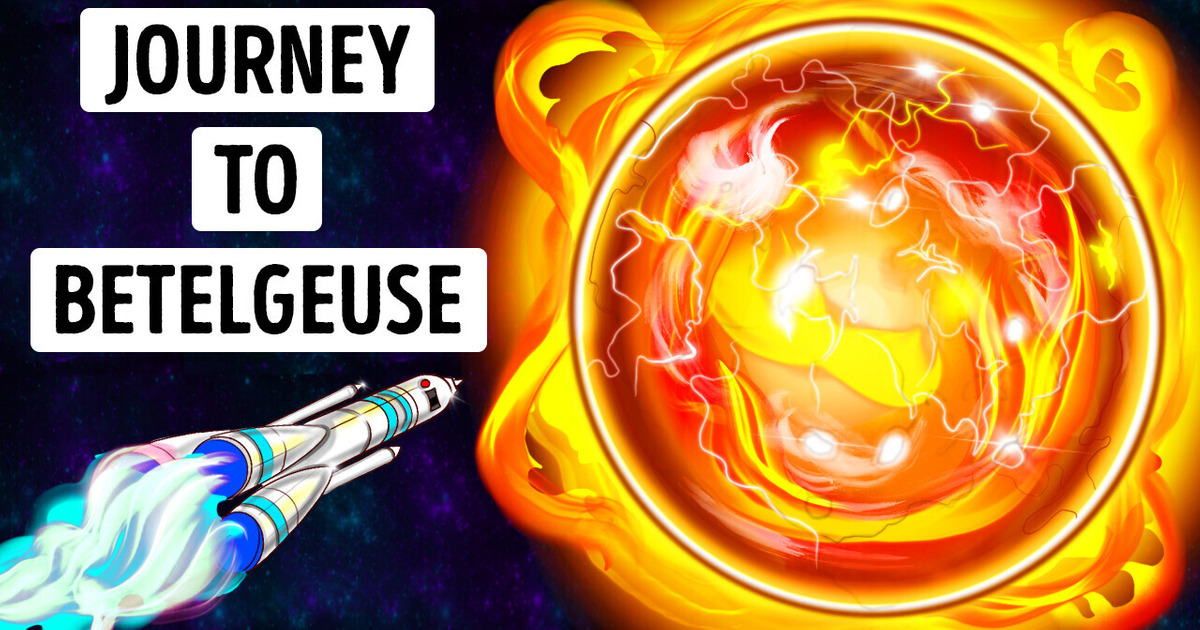
Betelgeuse. A red supergiant. This ball of boiling plasma is one of the largest stars in our galaxy and one of the brightest. It’s about 500 times larger than the Sun. But Betelgeuse is pulsating, getting bigger and smaller. At its peak, it becomes 800 times its average size. If this star were a bucket, it would fit about 300 million Suns — even though its weight is only 17 times greater.
And here, about 500 light-years away, is Earth. We launch our faster-than-light spaceship and set off on our journey to Betelgeuse. A few seconds, and we’ve already traveled 240,000 miles [390,000 km] and are now close to the Moon. That’s 9.5 trips around the Earth. A traditional rocket-powered spacecraft would take 3 days to get here.
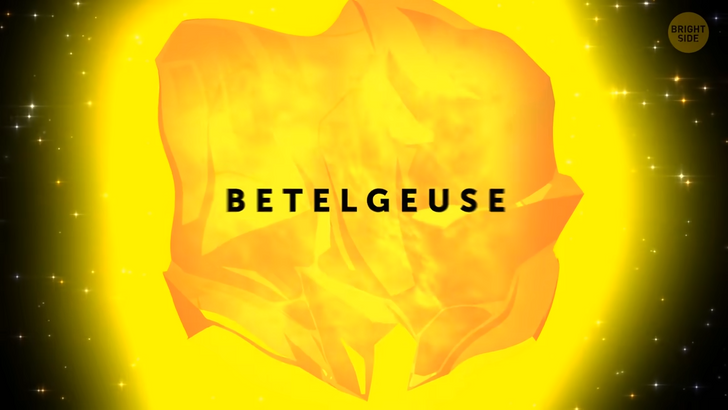
We’re near Mars now. The flight to the Red Planet usually takes about 7 months. Several rovers are now at work here, as well as the first-ever flying drone Ingenuity. The surface of Mars is three times smaller than that of Earth. The planet is also 10 times lighter. People hope to build a human colony here soon.
Right beyond Mars, we have to wiggle and constantly dodge space rocks. This is the asteroid belt. It contains debris and space objects of different sizes and shapes. The biggest of them is Ceres. Its surface is slightly larger than the area of Argentina, and its weight is about 1% of the Moon’s. The total weight of the entire asteroid belt is 25 times less than the Moon’s.
Next, we pass gas giants Jupiter and Saturn. These are the largest planets in the Solar System. They’re also the heaviest — even though they don’t have a solid surface. Then, we travel by Uranus and Neptune. They’re called “ice giants.”
And at the very edge of the Solar System, we see Pluto. It was once considered a full-fledged planet, but now it’s not even on the list. After that, we’re 4.3 billion [7 billion km] miles away from our home. It took the New Horizons space probe about 9 years to get here.
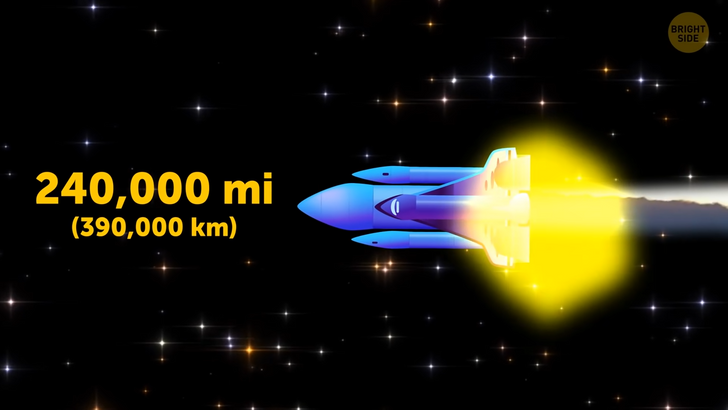
Hold on to your seat; we’re speeding up! We’re passing through the Kuiper Belt. There are a lot of asteroids and blocks of ice here. These are some of the oldest building materials in our Solar System. Billions of years ago, our whole world looked like a cloud of these asteroids.
We’re traveling further through dark space and reach the edge of the Solar System — the heliosphere. All this time, we’ve been moving with the solar wind. But now, it starts to slow down, collides with the interstellar wind, and heats up. This is called the termination shock. The Voyager 1 space probe got to this point in December 2004.
We’re moving to the region where the heliosphere ends, and interstellar space begins. This is the heliopause. In 2012, Voyager crossed this boundary and became the first-ever human-made object in interstellar space. But the message from Voyager reporting this event came to Earth almost a year later because of the huge distance. It took 35 years for Voyager 1 to travel all this way.
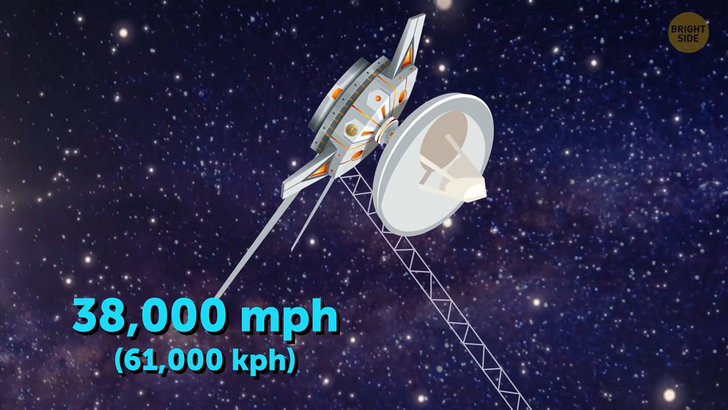
And here it is! The probe is as long as a car and weighs like two motorcycles. You can see a gold plate on its hull. It’s a message from people to potential civilizations out there. It has pictures of Earth’s landscapes, recordings of human speech, and our DNA.
Now we’re approaching the nearest star to our Solar System. It’s Proxima Centauri. We’re so far from home that even light needs more than 4 years to travel this distance. If we used a traditional rocket, the trip would take us 73,000 years. The reason we wanted to get here was because of an Earth-like planet called Proxima Centauri b. It’s 10% larger than Earth and slightly heavier.
It lies in the habitable zone of its host star. It means that water might exist on the planet in its liquid state, and there can be life that forms here. But the star itself occasionally produces flares. Recently, its brightness increased almost 1,000 times. During that time, it emitted so much radiation that even if there were some forms of life on the planet, they probably ceased to exist.
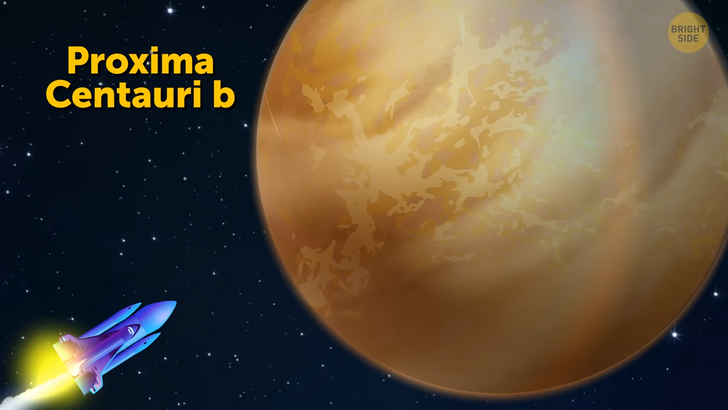
We’re now more than 8 light-years away from Earth. The brightest star in our night sky is Sirius. Seriously. It’s so bright that you can see it even during the day. But in reality, there are actually two stars, Sirius A and B. They orbit around a common center of gravity.
And these stars are moving toward our Solar System at almost 5 miles per second [8 km per sec]. That’s the same as the maximum speed of a top-of-the-line supercar on Earth. Foot down! And we’ve arrived at a potentially habitable planet 39 light-years away from Earth. This is TRAPPIST-1 d. Its host star is a white dwarf. It’s a cold star 10 times smaller and lighter than the Sun.
There are seven planets around it. But TRAPPIST-1 d is the most similar to Earth. It’s only 30 [%] percent smaller and 3 [x] times lighter. But it has a rocky surface, and the temperature here is 48˚F [9C]. You’d feel comfortable here wearing a light jacket. There might be an atmosphere, mountains, seas, and oceans here. Which means this planet might be suitable for a human colony. But it’d take about 677,000 years to get here using traditional rockets.
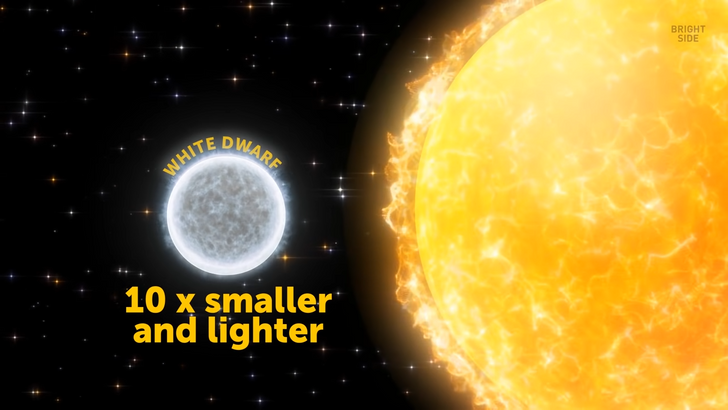
And here’s our main goal — Betelgeuse. It’d take nearly 8.7 million years to travel here from Earth in a current-day spacecraft. This star is so big that our ship looks like a grain of sand on a giant beach. We have to jump back in time to find out what happened to this star.
First, there was a beautiful nebula. It’s a cloud of multicolored space dust and debris. Then it began to shrink under its own weight. In the core of the nebula, a nuclear reaction began. Boom! And the star was born.
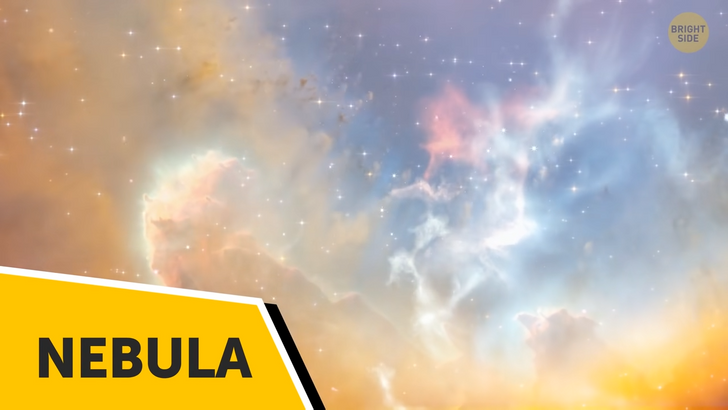
At first, Betelgeuse was very massive and hot. But it didn’t expand and remained stable. Let’s look into its heart. The nuclear reactions in the star’s core create a lot of heat and energy. This energy produces the force that pushes on the walls of the star from the inside and causes it to expand. But at the same time, the star is very heavy.
That’s why gravity pushes on it from the outside. If these two forces are balanced, the star remains stable. But over time, the star runs out of its fuel — helium and hydrogen. That’s when heavier elements in the core join the nuclear reaction. When they burn, they release more energy and heat than gravity can hold. And the star starts expanding.
That’s what is happening to Betelgeuse right now. It’s already so big that if you put it in the center of our Solar System, its edge would touch the asteroid belt between Mars and Jupiter. Betelgeuse will continue to expand until it exhausts its fuel completely. Then the gravity will win. The star will shrink in size, and then an enormous boom will happen.
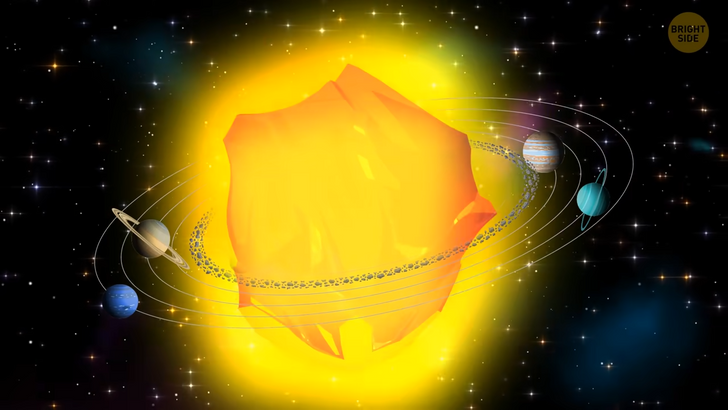
A supernova explosion will be so blinding that Betelgeuse will shine brighter than the Moon in the night sky. Luckily, Earth is too far away for this explosion to cause any harm to people. A strong stream of matter that will be ejected from the explosion site won’t reach the Solar System until six million years later. Even so, the solar wind will stop this flow, so we’ll be safe. Betelgeuse is likely to explode at any time in the next 10,000 years. But some scientists say it won’t happen in the next 100 millennia.
Back to the moment before the explosion of Betelgeuse. There can be another, more interesting scenario. Gravity might compress the massive core of the star with such force that a black hole will appear in its place. Black holes are the heaviest objects in the Universe. They have incredible gravitational force. Even light can’t escape their gravitational trap.
The Betelgeuse black hole will begin feeding on cosmic dust and whatever is left of the star. All this debris and light from other stars will get frozen near the event horizon of the growing black hole. For the first time in history, we’ll be able to watch the birth of this mysterious object. But in reality, Betelgeuse is too light to become a black hole. Most likely, after the explosion, it’ll turn into a white dwarf that will gradually fade until it becomes invisible.











